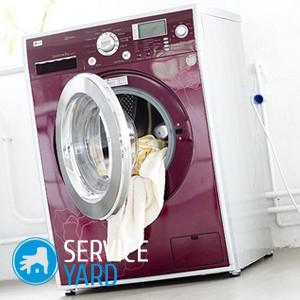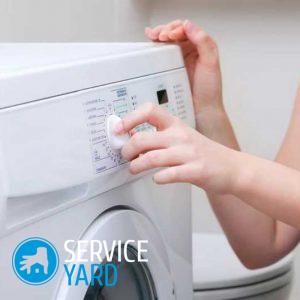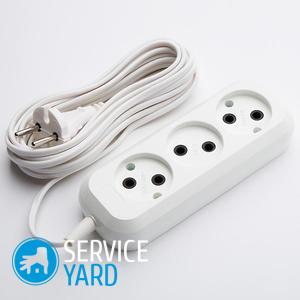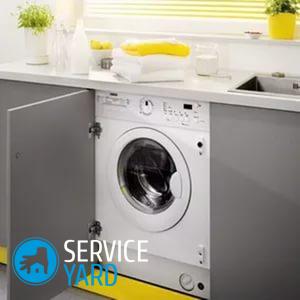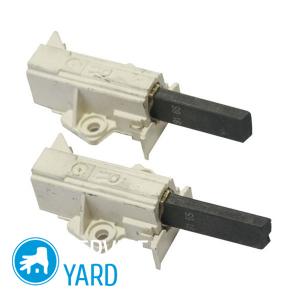Repair of electric motors of washing machines
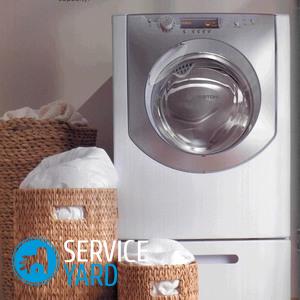
Probably, everyone faced such a problem as repair of electric motors of washing machines. It’s hard to imagine your life without a washing machine. And not a single family, especially with children, can do without such an “assistant.” Many housewives are grateful to those who invented and implemented such a miracle of technology, because how much it makes life easier. But, like all household appliances, a washing machine can fail. This can happen for a variety of reasons. In this article, we will consider the types of household appliances for this purpose, their main breakdowns and methods of adjustment.
to contents ↑Causes of malfunctions
Malfunctions of the washing machine can occur for various reasons:
- Manufacturing defects;
- Incorrect operating conditions;
- Wear parts;
- Power surges;
- Mechanical damage inside or out.

Anything can break in the washing machine, but we want to pay attention to the breakdown of the electric motor. This is, without exaggeration, the main part in the device. It is the electric motor that drives the drum, due to which there is a process of washing, rinsing and spinning the laundry.
to contents ↑Important! If the washing machine is still under warranty, then disassembling it yourself is not worth it. Contact the service center where you will have a professional repair, or replace the washing machine with a new one. If the warranty period has expired, and you have the skills in such repairs, then you can try to bring the electric motor of your washing machine back to life.
Types of electric motors in washing equipment
The engines in the washing machines are different:
- Direct drive (inverter motor).
- Asynchronous.
- Collector.
Important! Different brands select the optimal type of electric motor for their equipment. For example, Bosch and Miele use an induction motor, Ariston and Indesit install a commutator motor.
Depending on the type of engine, the repair will be slightly different. Next, we will familiarize ourselves with each type of electric motor in more detail.

Repair of electric motors of washing machines with direct drive
A similar technology appeared relatively recently, however, equipment with such a “core” quickly took a leading position in sales.
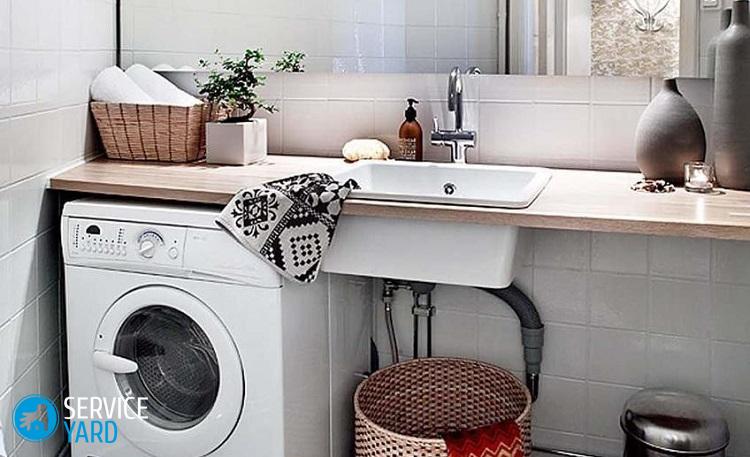
Motor Features:
- In such a motor there is a rotor and a stator, and the drive is directly connected to the drum.
- The control circuit in it is a three-phase inverter type.
Important! Most often, such technology uses LG. She made it possible to significantly reduce washing machine dimensions.

Benefits
This technique is more expensive than models with other types of motors. This is explained by a number of advantages:
- The machine works almost silently.
- The unit instantly accelerates and stably keeps speed.
- It has a high class of energy efficiency (no loss in the transmission of torque).
- The machine performs a dynamic and high-quality washing, while saving water and detergent.
Important! On technique with inverter motor Some brands offer at least 10 years of warranty. To date, this technology is used, in addition to LG, Haier, Samsung, Whirpool, Bosch, AEG.

Causes of malfunctions and repairs
Electric motors with direct drive are quite reliable, but there are elements that can fail. Repairing this type of motor is difficult due to direct connection to the drum.
Important! If your LG washing machine breaks down, it is better to repair the electric motor at a service center, since such adjustment requires high qualification and special tools.

Problems with the technique:
- A common cause of engine failure is its extremely close proximity to the drum. If an oil seal leaks, water enters the engine, which causes it to short circuit and burn out.
- The second common problem is bearing wear. They are located with a small gap, so they are subjected to a heavy load, which leads to their wear. Replacing them is an expensive pleasure.
- Power surges can also damage the engine. It’s better to prevent such a breakdown - choose using our tips and install network filter.

Repair of electric motors of washing machines with a collector motor
The collector motor is installed in the vast majority of washing machines (80%). They replaced asynchronous motors, as they are universal.

Motor Features:
- Can work both from alternating, and from a direct current.
- They consist of a stator, a collector rotor, a rotation speed generator, brushes (for contacting the rotor with the motor).
- Collector motors are small-sized, have a simple control wiring diagram.
- They gradually increase speed during spin cycle, are not tied to the frequency of the mains.
Important! The service life of equipment with such an engine is not so long.
Most often, the collector-brush assembly is subjected to repair, although other problems may also occur.

Brush wear
In the first place among all breakdowns is brush wear in the motor. Usually they become unusable for 3-5 years of service. Outwardly, this manifests itself in the fact that the motor sparks or loses power with a large load of linen.
Repairing such a problem is as follows:
- First, unscrew the screws on the back of the machine and remove it.
- Next - remove the belts, and find the engine under the tank.
- Disconnect the wires and unscrew the fixing bolts.
Important! If you do not repair washing machines every day, we recommend marking the parts and sketching them on a diagram, or photographing the stages of disassembly, so that after - without any problems reassembling everything.

Important! On some models, in order to remove the motor, you may need to raise the tank or remove the side panel.
- First pull out the old brushes and, in their image, order new ones. The replacement process itself is simple and takes half an hour on the strength.
Important! New brushes can be ordered on specialized sites.
- After installation, new brushes should grind. To do this, run the engine in test mode on the longest possible program.
Important! New brushes can also spark a little at first.
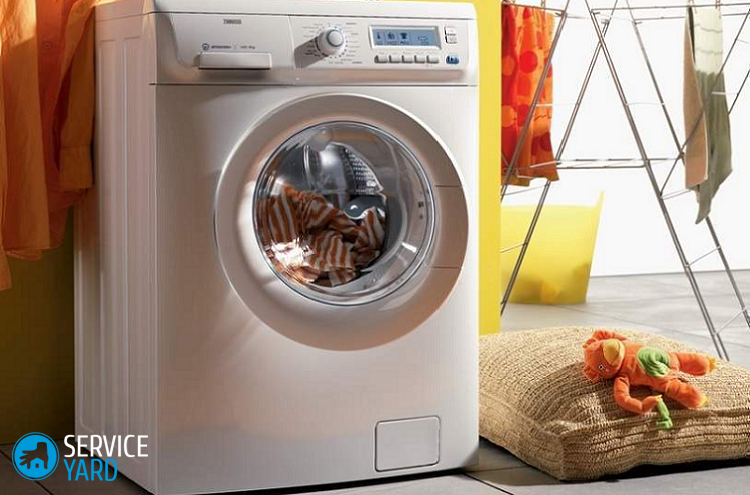
Short circuit and breakage of rotor and stator windings
Such a problem may occur in the following:
- the motor loses power;
- thermostat protection trips;
- the drum does not rotate at all;
- possible burning smell;
- the engine buzzes and heats up.
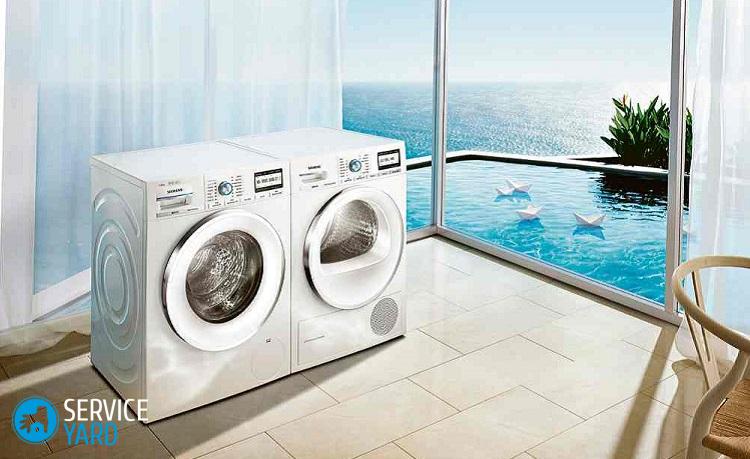
If you find such “symptoms”, you need to check the windings with an ohmmeter:
- With a probe, check the lamellas in turn. The resistance difference should be no more than 0.5 ohms:
- If the difference is greater, there is an inter-turn short circuit. Strong soot on certain lamellas can also indicate this.
- If there is no resistance between the lamellas, there is a cliff.
- Similarly check the stator with a multimeter. If the windings are working, the resistance will be very high.
Important! If you find a malfunction, rewinding is not practical. It’s easier and more profitable to replace an electric motor.
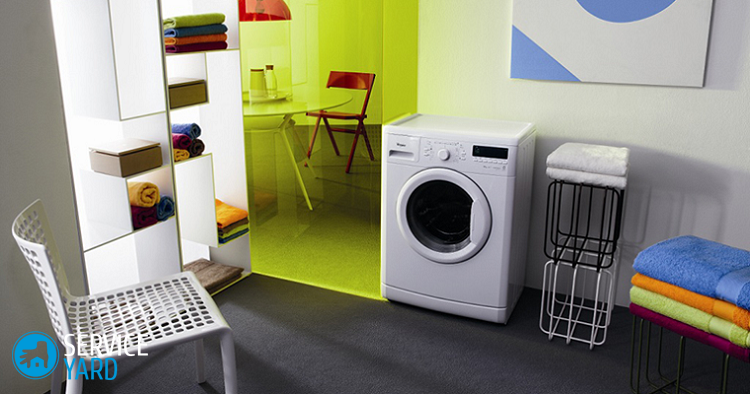
Lamellas are worn
Flaking lamellas even by half a millimeter may well lead to engine damage.
The cause may be jamming of the rotor or inter-turn short circuit.For this reason, the lamella overheats and begins to exfoliate. When this is visible to the naked eye, repair is already useless. But in the initial stages you can still do something. For example, grind on a lathe
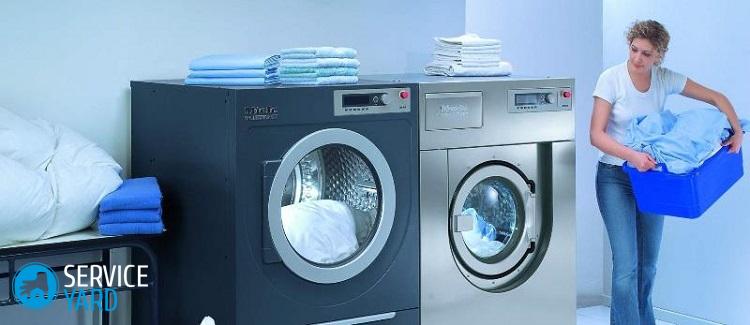
Repairs:
- The rotor is clamped and the thickness is accurately aligned.
- Be sure to carefully clean the metal chips and check the resistance with an ohmmeter.
Important! This method does not always work. Therefore, be prepared to buy a new engine.

Repair of electric motors of asynchronous washing machines
There can be two- and three-phase asynchronous motors in washing machines. Two-phase devices are a thing of the past as early as the 2000s. Now in high esteem three-phase with frequency regulation of speed.

Features:
- Fixed stator and rotor that rotates the drum.
- Its advantage is a high rotation speed (up to 2800 rpm), low cost, ease of maintenance, quiet operation.
- But with all the advantages, such a motor has large dimensions, low efficiency and complexity in controlling electrical circuits.
Important! In expensive models of washing equipment, such engines do not use.

Causes of malfunctions and repairs:
- The engine does not spin the drum at low or high speed. To find out the reason, you need to disassemble the washing machine, get to the motor and check the resistance of the windings and the capacitor.
Important! The same manipulations should be done if the engine is unstable (it overheats and is switched off by the thermostat).
- The engine is very noisy, and possibly buzzing and not spinning the drum. Remove the belt and check the noise level without it. It is not only necessary to check the capacitor, but also the condition of the engine bearings.
- If the machine breaks out, you must first check the leak on the case (should not be more than 10-12 μA). Also check the resistance between each motor contact and the housing.
to contents ↑Important! If all our tips did not bring the desired result, and you still decide to buy a new washer, then be sure to check out our reviews:
Stock footage
The washing machine is considered by many to be almost the main technical invention of the last century. Of course, because she greatly simplified life and saved time. However, unfortunately, the equipment can fail and a frequent problem is a motor malfunction. If this happened after the expiration of the warranty term, then the repair of the electric motor of the washing machine will need to be done at its own expense. Doing repairs yourself or contacting a specialist is a matter of pure faith in yourself and an objective assessment of your own skills.
- Top loading washing machines rating
- Rating of washing machines with dryer
- Rating of washing machines in quality and reliability
- German narrow washing machines of German assembly
- LG Direct Drive Washer
- Surge protectors for household appliances - rating
- Sizes of automatic washing machines
- What features do the washing machine brushes have







